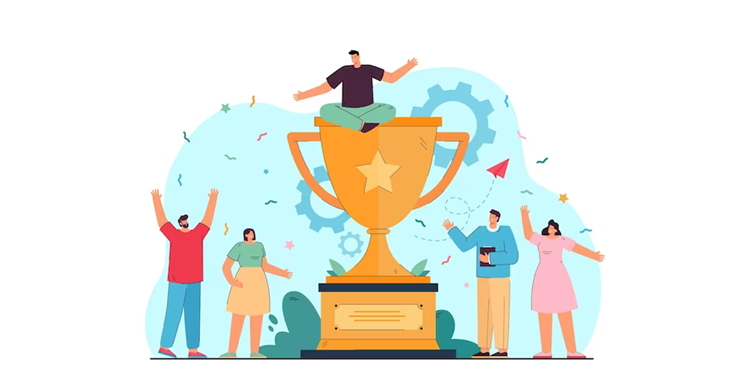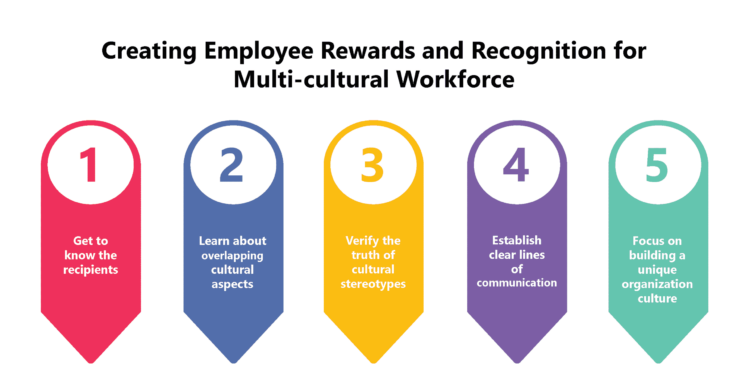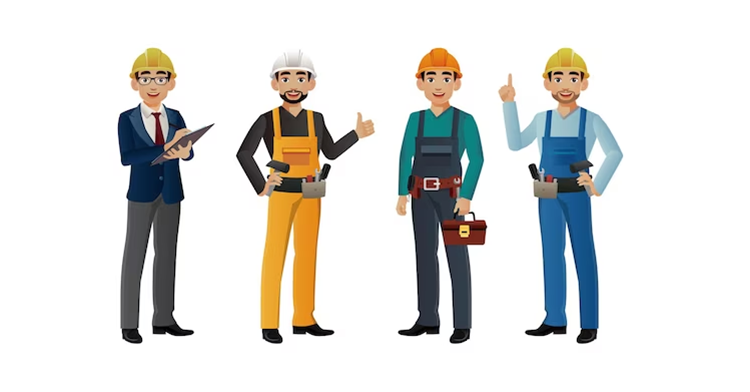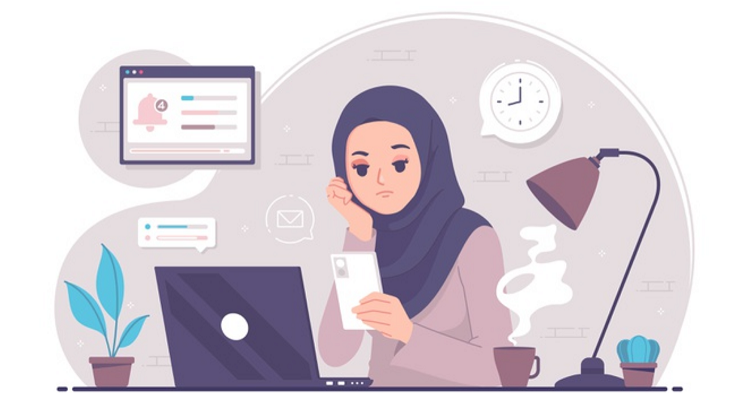1. Implementing employee rewards and recognition for a multicultural workforce requires understanding and respecting cultural differences to avoid misinterpretations that could demotivate employees.
2. Organizations should invest in understanding employees’ cultural backgrounds, learning about overlapping cultural aspects, and verifying cultural stereotypes to create an effective program.
3. Clear communication channels between managers and employees are crucial for addressing cultural nuances and ensuring proper recognition.
4. Building a unique organizational culture that integrates positive aspects of various cultures can help create a cohesive and motivating work environment for a diverse workforce.
Many organizations face challenges while implementing employee rewards and recognition for a multicultural workforce. This is primarily because they fail to consider employees’ cultural sensitivities when designing such programs.
While most organizations focus on having an innovative and diverse rewards program, but they fail to factor in the cultural nuances to make it truly effective and satisfactory for their employees from different countries and cultures across the globe.

It is well-known that different things might hold different meanings in various cultures.
A lack of understanding of the cultural values and nuances of different groups within the organization can fail even well-intentioned rewards and recognition, as they can be hurtful and insulting to the recipients.

This can impact employees’ motivation and engagement levels and even force them to seek other employment options.
In comparison, organizations that consider the cultural differences between members of their multicultural workforce in their employee recognition programs enjoy better retention rates as well as higher employee performance and efficiency.
An employee recognition program suited for a multicultural workforce requires the organization to focus on several essential points:
1. Understand the Recipients and their Cultures
2. Learn about Overlapping Cultural Aspects
3. Verify the Truth of Cultural Stereotypes
4. Establish Clear Lines of Communication
5. Focus on Building a Unique Organization Culture


Before creating a recognition program, the organization should invest time and effort to understand the cultural backgrounds of its employees.
The organization should focus on learning how sensitive certain employees are about their culture and its nuances.
Certain cultural groups might find a specific action or communication attractive, while others might find it offensive.
Understanding cross-cultural sensitivities can help design the employee rewards and recognition program in a more balanced way.

Organizations should also learn about significant cultural aspects, especially those that might overlap with other cultures but have entirely different meanings.
This is especially true in the case of employees belonging to Asian, African, or even Middle Eastern communities.
This will help organizations avoid making serious mistakes in rewarding their multicultural workforce due to misinterpretation of cultural nuances.
Even a single oversight may lead to the alienation of an entire workforce belonging to a specific culture.

Cultural stereotypes can lead to unconscious bias and impact decisions related to the design of the rewards programs.
As such, organizations must validate these cultural stereotypes and their relevance to employee rewards and recognition.
This applies to positive and negative stereotypes, although following the latter blindly will likely cause more significant damage.
If the stereotype is verified as authentic and likely to have an adverse impact, alternatives should be considered.

Most organizations communicate with their top-performing employees through indirect channels. This can lead to many assumptions and confusion, especially concerning cultural nuances.
Hence, organizations with a multicultural workforce must establish clear and direct lines of communication between employees and managers.
This proves beneficial as managers can gain a first-hand understanding of their team members’ culture and ethnic beliefs.

An effective way to make rewards and recognition programs work for a multicultural workforce is to focus on building a unique company culture.
It can integrate positive aspects of different cultures to develop a homogenous culture that seems familiar yet distinct to every individual employee.
The rewards and recognition program should be developed in alignment with the workplace culture rather than the different cultural backgrounds of employees.
This is also an effective way to instill a sense of camaraderie and teamwork among the workforce.
Read the Comprehensive Guide for Engaging a Multi-Generation Workforce
The rapid globalization of businesses has necessitated the growth of a multi-cultural workforce even for small and mid-sized organizations. They can keep their workforce happy and motivated by implementing effective employee rewards and recognition policies.

Lead author: Sagar Chaudhuri, the Co-Founder and CEO of HiFives. He is an HR Tech Evangelist with over 25 years of corporate and entrepreneurship experience. In the past, Sagar has worked in leadership roles with companies such as Genpact, Infosys, and ICICI Bank. He has an engineering degree from IIT Kharagpur and an MBA from IIM Lucknow. Connect on LinkedIn
To stay updated on the latest HiFives blogs, follow us on Twitter (@MyHiFives)